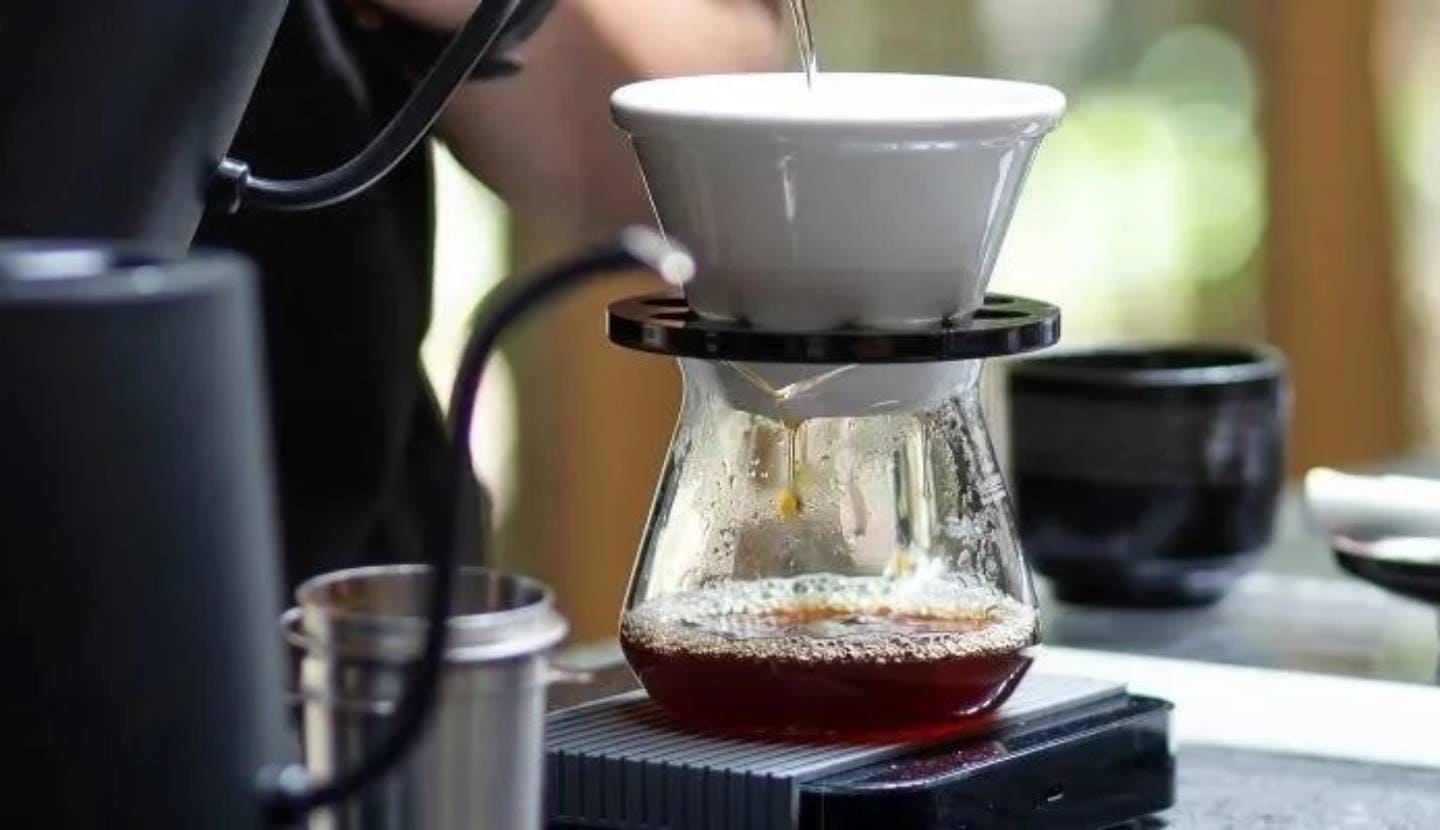What is drip coffee?
Drip coffee is made by pouring boiling water over ground coffee (the grind of which being much coarser than espresso). A filter that is typically made from paper separates the grounds from the brewed liquid which allows the water to pass through and fall into a pot or jug. However, you can now also get coffee pots which are especially for drip coffee brewing or electric options which you can set timers on so you can choose what time it’s made.
When it comes to serving drip coffee it’s generally done in a mug and can be drunk black or with milk and sugar to taste.
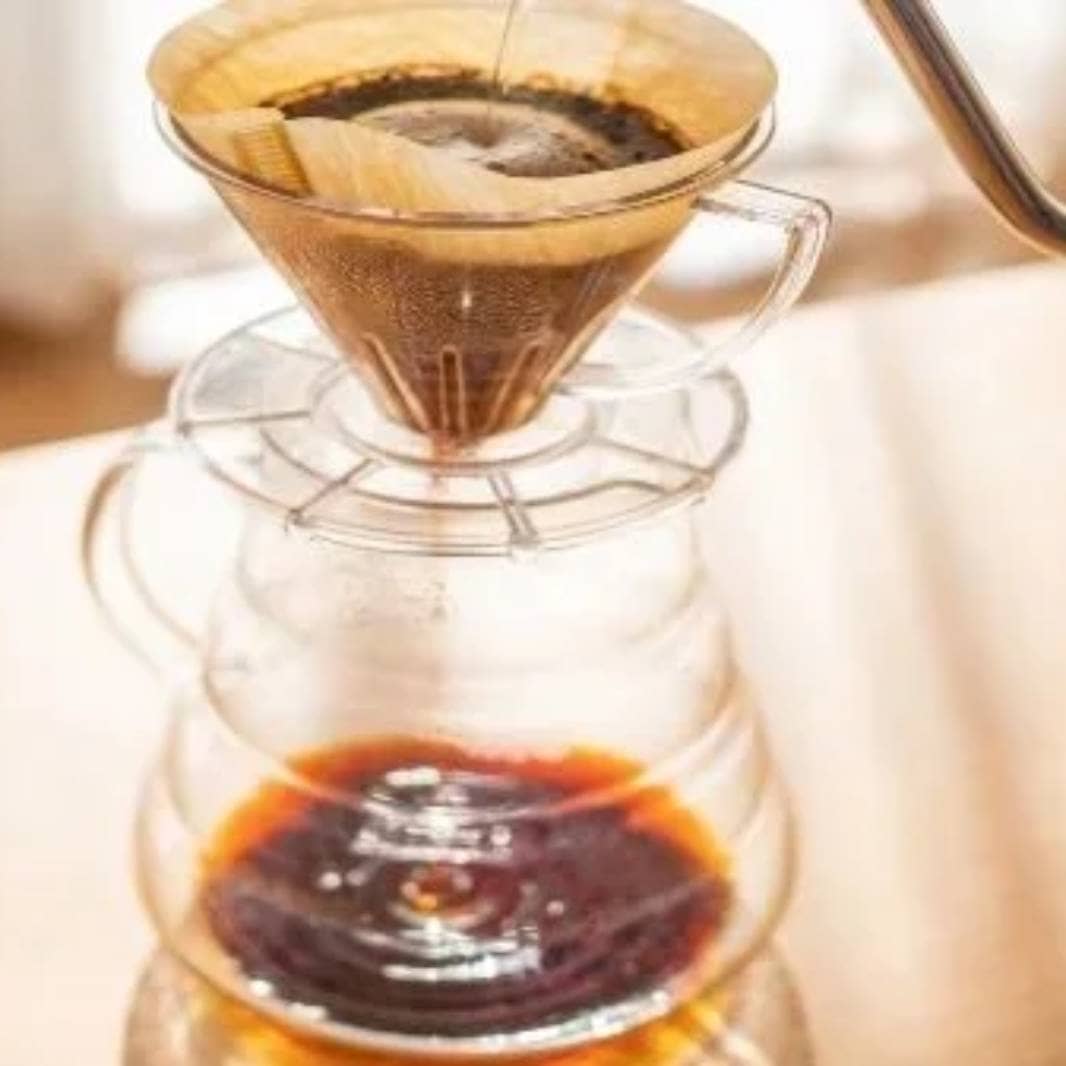
What is cold drip coffee?
Cold drip coffee isn’t as well-known as it’s hot counterpart, but it’s still becoming a noteworthy addition to the coffee world. With this preparation method you’ll need a cold drip apparatus or a drip tower, which is usually made up of three glass containers that allows the iced water to slowly drip over the freshly ground coffee. The coffee will then absorb each drip of the water and this drops into another container at the bottom of the tower. It’s a very long way to make coffee and can take anywhere between 3.5 – 12 hours, depending on how much of it you want to make.
In comparison to other brewing methods such as cold brew coffee , cold drip is much stronger with a richer and fuller body. In addition, it can also be shorter to make than cold brew and uses less coffee grounds.
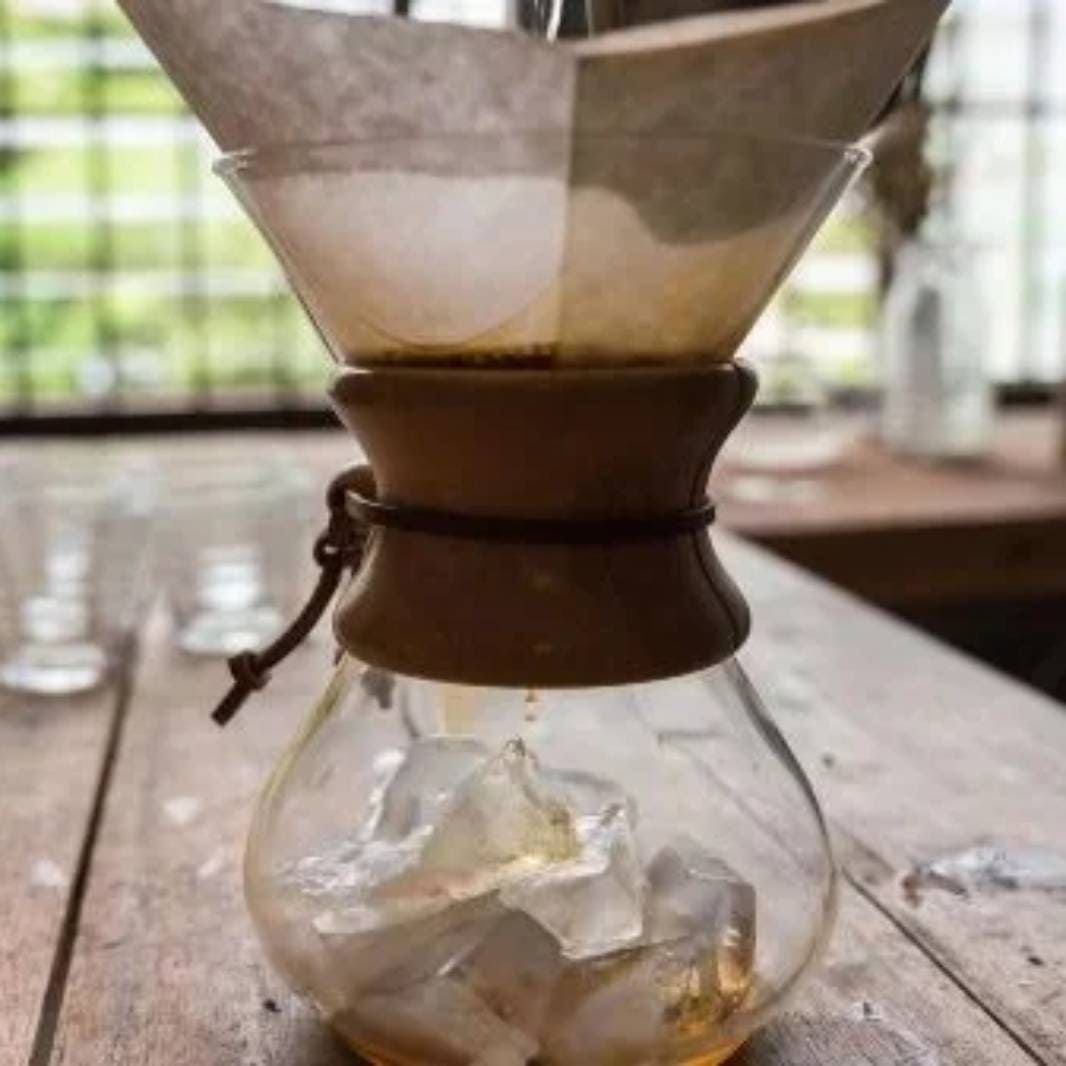
What does drip coffee taste like?
Drip coffee is clean-bodied with a rounder, more simplistic flavour profile. It’s often praised due to its mellow and less intense flavour as it’s less concentrated than espresso.
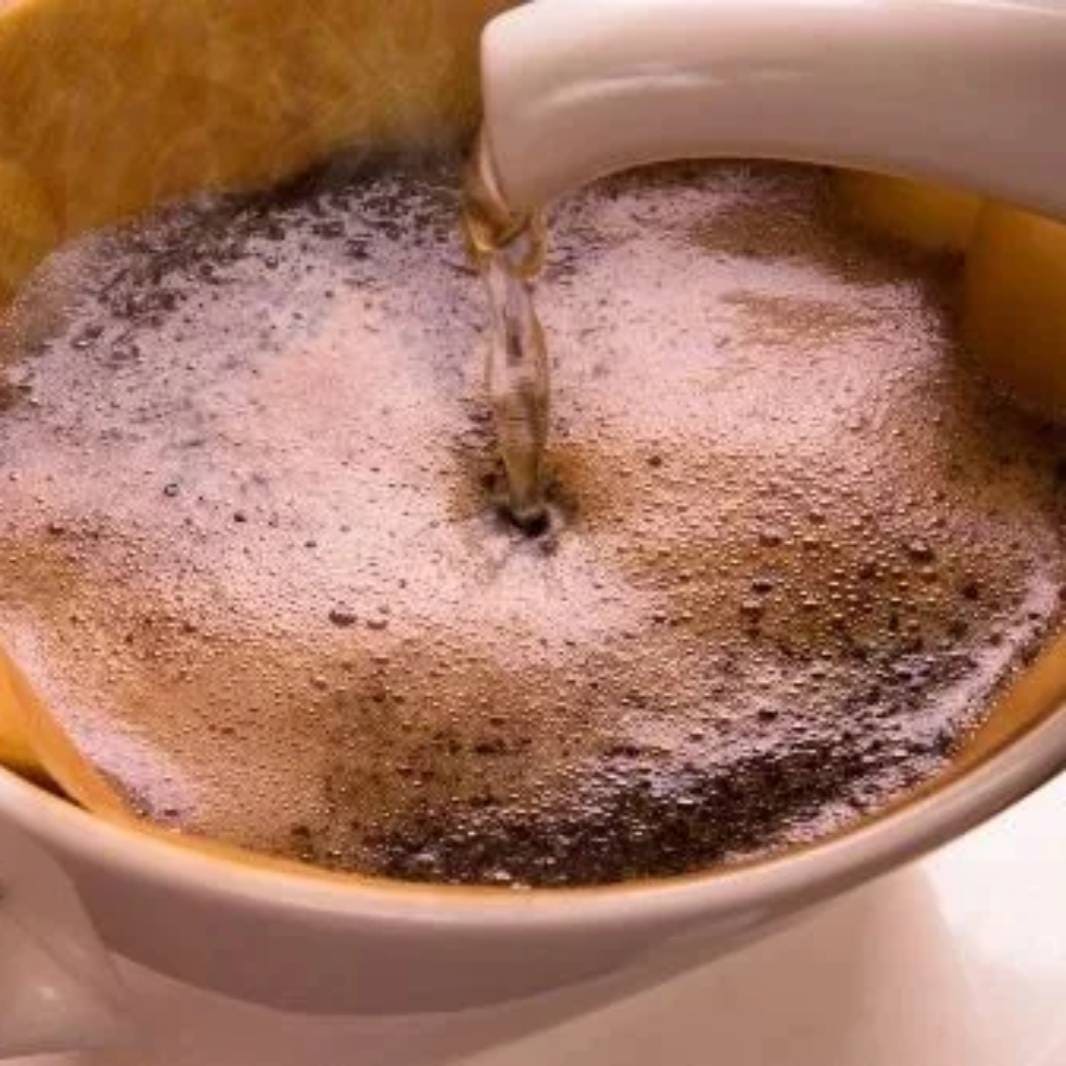
Origin of drip coffee
The brewing type was first developed in 19th centuryFrance and quickly become the most popular way to prepare coffee. It involved putting ground coffee into a container between two chambers of a pot and adding heated water to the top chamber, the coffee was then percolated and dripped down through the coffee into the bottom serving receptacle.
One of the biggest developments in drip coffee came in 1908 when a German woman called Amalie Auguste Melitta Bentz invented the first coffee filter. She soon patented her paper filter and established the Melitta company and eventually created the cone shaped filter you’re familiar with today.
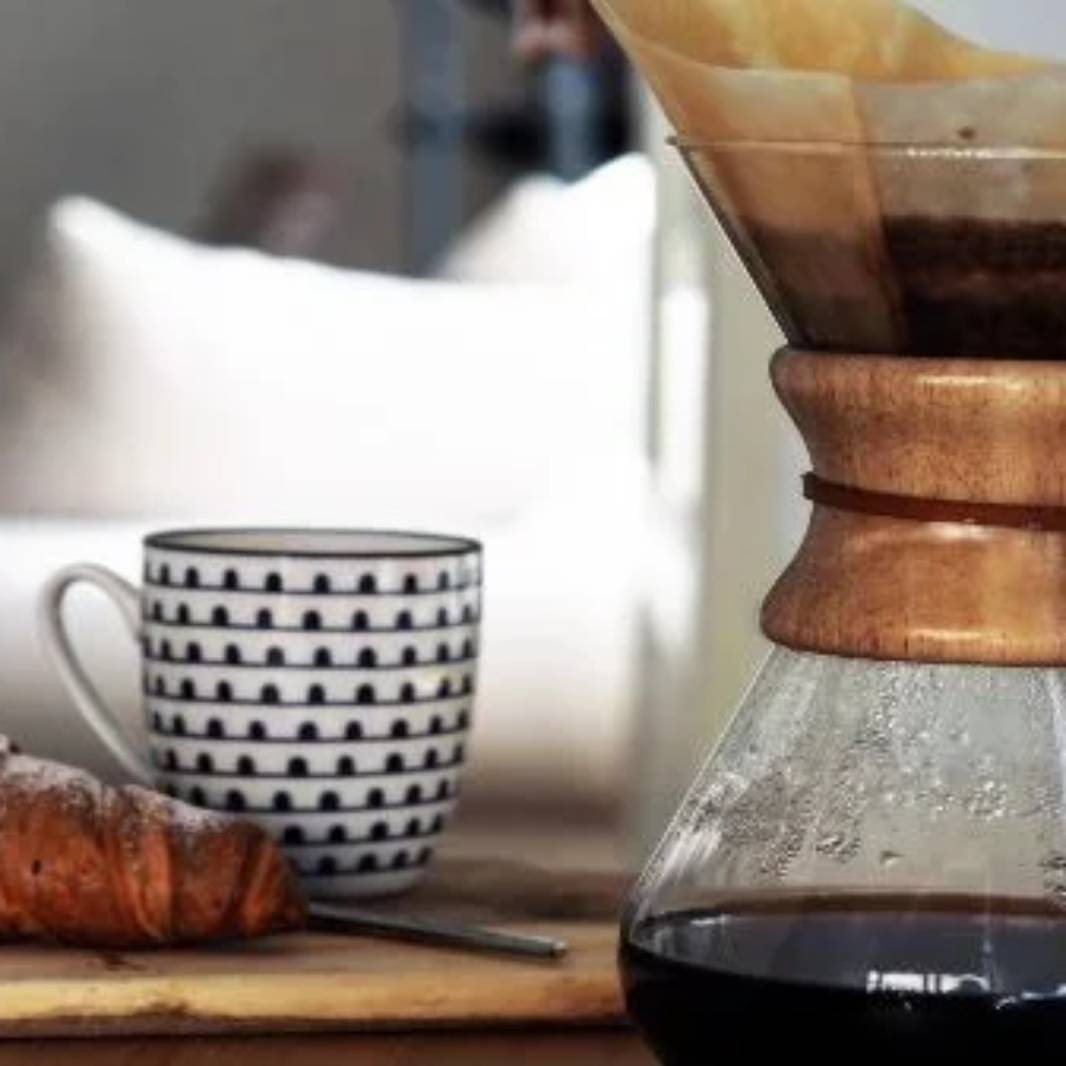
So, there you have it! Now you know what drip coffee is and where it came from. Want to learn about more coffee types? Find out what a cappuccino is next.



Other articles you might be interested in

